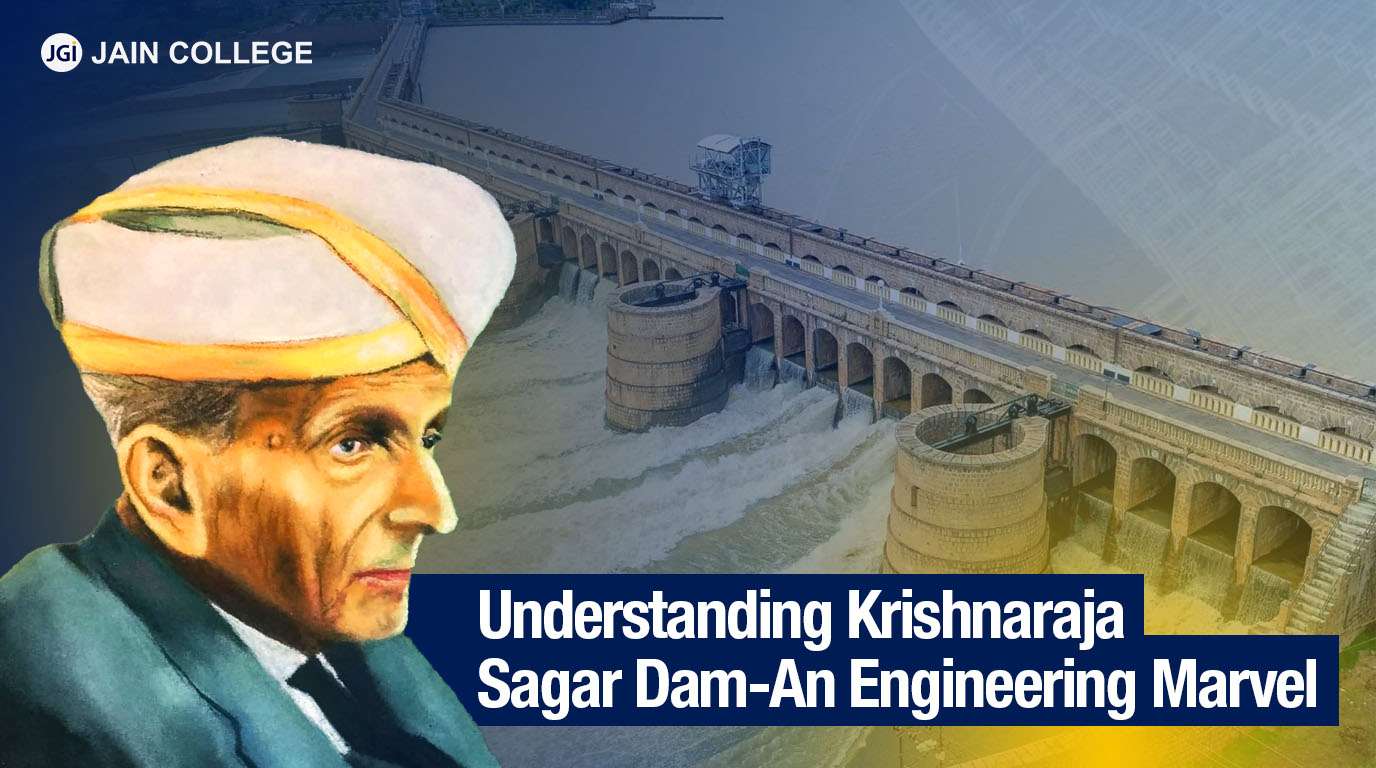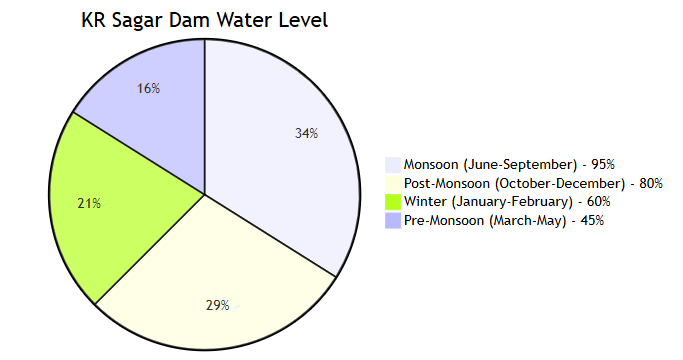
Are You Ready to Explore One of India's Most Iconic Dams?
Have you ever wondered about the engineering marvels that have shaped India's landscape? Are you curious about the dams that have been the backbone of irrigation and power generation in our country?
The Krishnaraja Sagar Dam, also known as the KRS Dam, a testament to India's engineering prowess is an essential water management structure in India, showcasing advanced engineering techniques. Located in Karnataka, this gravity dam is built across the Cauvery River and plays a critical role in irrigation, drinking water supply, and hydroelectric power generation.
The KRS Dam was built by the Maharaja of Mysore, Krishnaraja Wadiyar IV, with the assistance of Sir M. Visvesvaraya, a renowned Indian engineer. Construction started in 1911 and was completed in 1931.
The KRS Dam is a crucial source of drinking water for Mysore and Bangalore. It supports irrigation in Mysore and Mandya and houses a hydroelectric power station that supplies electricity to the Shivanasamudra station. Additionally, the dam is home to the renowned Brindavan Gardens, a world-famous tourist attraction.
The Krishna Raja Sagara (KRS) Dam serves as the primary water source for the Mysore district. It supports irrigation in Mysore and Mandya while also providing drinking water to Mysore, Mandya, and nearly the entire city of Bengaluru, the capital of Karnataka.
The Krishnaraja Sagar Dam was designed by Sir M. Visvesvaraya, a pioneering Indian engineer. The construction began in 1911 and was completed in 1931 under the rule of Maharaja Krishnaraja Wadiyar IV of Mysore.
| Construction and Design Details | Information |
| Construction Period | 1911–1931 |
| Construction Cost | ₹2.5 crore |
| Architect | Sir M. Visvesvaraya |
| Type | Gravity dam |
| Materials Used | Mortar masonry |
| Primary Function | Water storage, irrigation, and power generation |
| Associated Rivers | Built across the Cauvery River, receiving waters from Hemavathi and Lakshmana Tirtha rivers |
The Krishnaraja Sagar Dam has several key structural features that enhance its efficiency.
| Feature | Specification |
| Length | 8,600 feet (2,621 metres) |
| Height | 130 feet (40 metres) |
| Reservoir Area | 130 square kilometres |
| Sluices | 177 arch-type iron sluices with automatic doors |
| Storage Capacity | 49.45 TMC |
| Maximum Water Level | 124.80 feet |
| Reservoir Depth | 40 metres |
The Krishnaraja Sagar Dam supplies irrigation water to the Mysore and Mandya regions, supporting agriculture and food production. Farmers in these areas rely on the dam for consistent water supply, ensuring crop yield and food security.
The K R Sagar Dam provides potable water to Bangalore and Mysore, ensuring a reliable water source for millions of residents.
The dam contributes to Shivanasamudra hydroelectric plant, one of India's first hydroelectric projects, aiding in electricity generation.
The Krishnarajasagara Dam plays a key role in flood control by regulating excess water flow during heavy monsoons. This controlled release prevents flooding in downstream areas, protecting both urban and rural settlements.
Water levels at the KR Sagar Dam fluctuate based on monsoon rainfall and controlled water release strategies.

The Krishnaraja Sagar Dam helps regulate water flow for agriculture, industrial use, and municipal consumption.
The Krishnarajasagara Dam and its reservoir serve as an important habitat for flora and fauna, supporting ecological balance. Wetland areas around the dam provide sanctuary to migratory birds and aquatic species.
| Sector | Contribution |
| Agriculture | Enhances crop yield in Karnataka |
| Power Generation | Supplies electricity to key regions |
| Infrastructure | Supports urban water supply networks |
| Employment | Generates jobs in water management and engineering |
The KRS Dam Mysore is managed by local authorities, and access is regulated based on operational requirements.
Authorities continue to upgrade Krishnaraja Sagar Dam for enhanced efficiency:
The Krishnaraja Sagar Dam is a vital infrastructure project that ensures water conservation, irrigation efficiency, power generation, and ecological stability. It continues to be a cornerstone of Karnataka's water management strategy and engineering excellence. Understanding the importance of such dams can help promote better conservation efforts and sustainable resource management for future generations.
Stay tuned for more insights—keep an eye on our blogs!
The Krishnaraja Sagar Dam is also known as the KRS Dam or Krishnarajasagara Dam.
The KRS Dam was designed by Sir M. Visvesvaraya.
The KRS Dam provides irrigation water, drinking water, and hydroelectric power.
The best time to visit is from September to November.
The Brindavan Gardens are a popular tourist attraction located at the KRS Dam site, known for their beautiful fountains and musical shows.
The KRS Dam is accessible by air, train, or road, with the nearest airport and railway station being in Mysore.
The water level is closely monitored, especially during the monsoon season, to ensure efficient water management.
Visitors can explore the dam during the day, but specific timings may vary depending on the season and local regulations.

JAIN PU College, a part of the renowned JGI Group, is committed to empowering students with quality education.
Beyond academics, the college ensures its online content reflects the same standard of excellence. Every blog and article is meticulously vetted and proofread by subject matter experts to ensure accuracy, relevance, and clarity. From insightful educational topics to engaging discussions, JAIN PU College's content is crafted to inform, inspire, and add value to its readers, reflecting the institution's commitment to intellectual growth and innovation.
View all Blogs